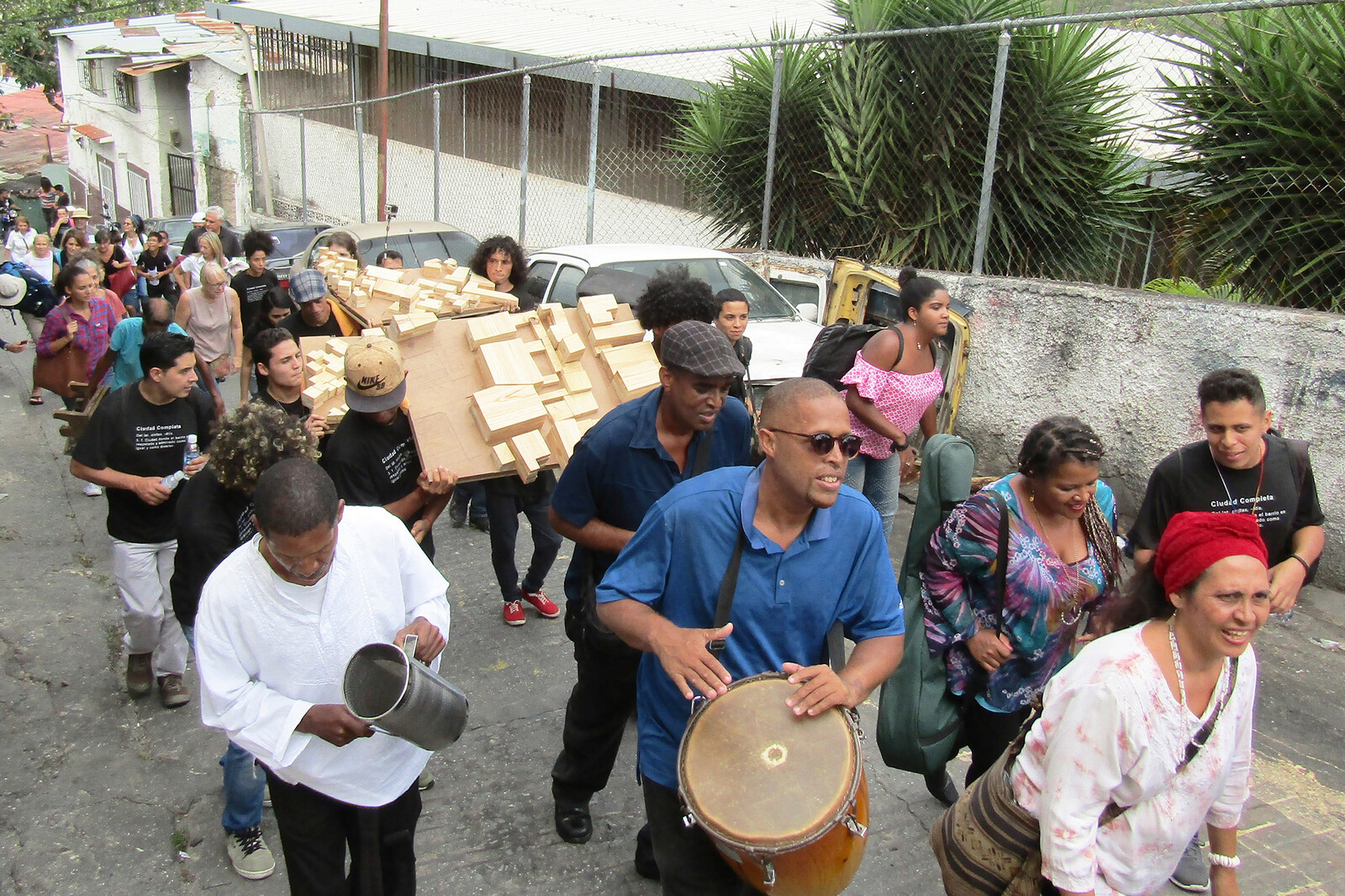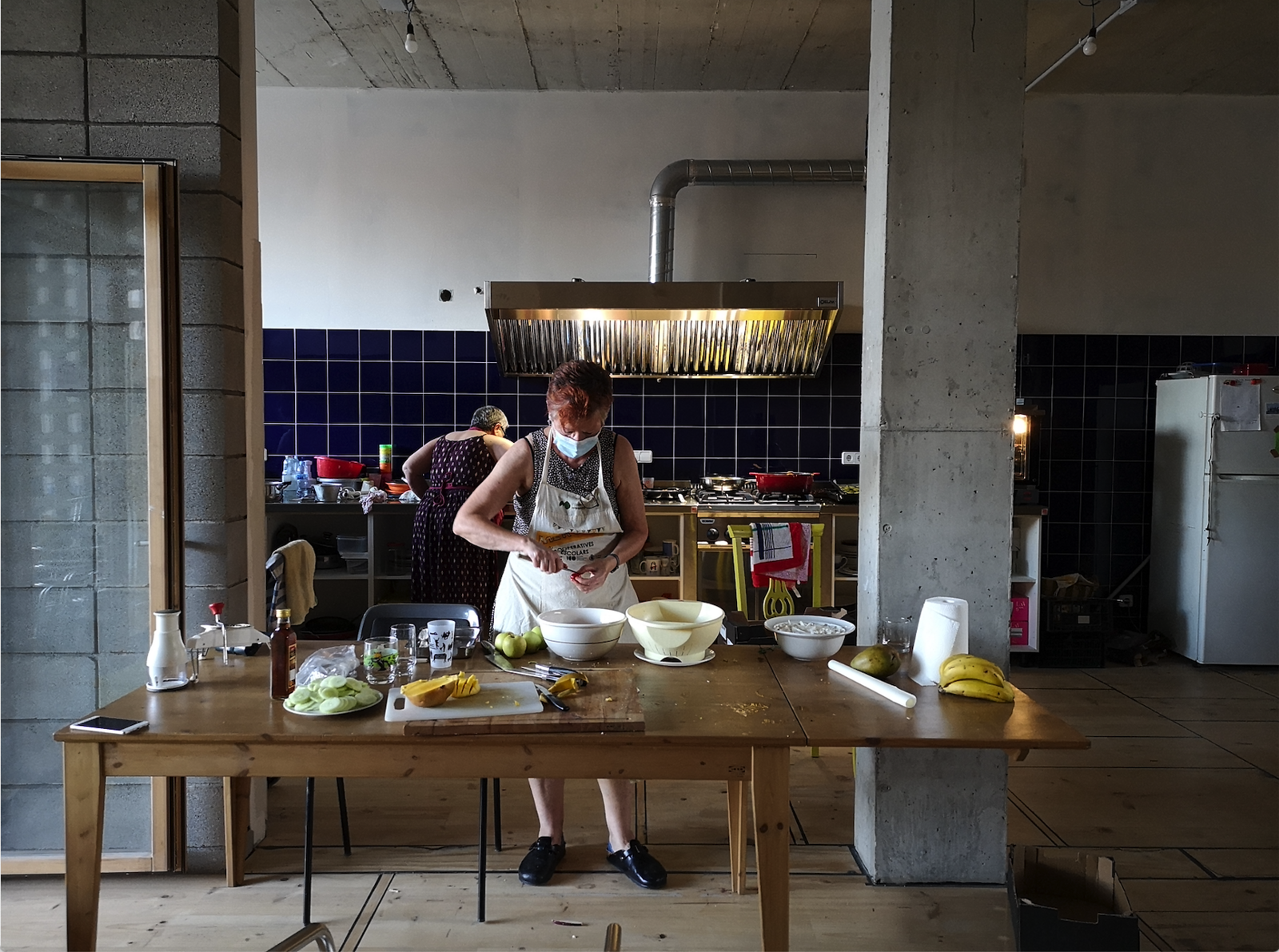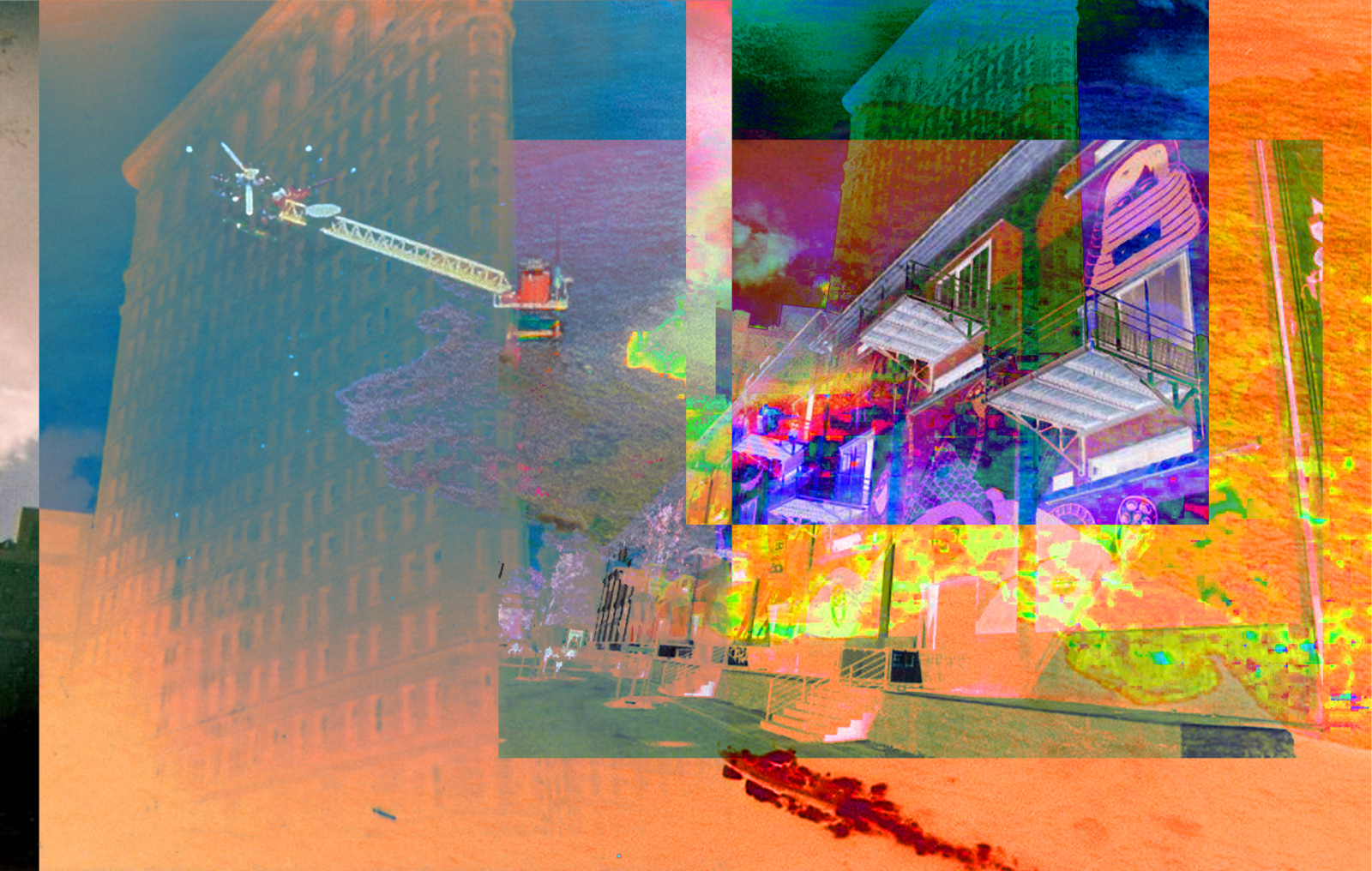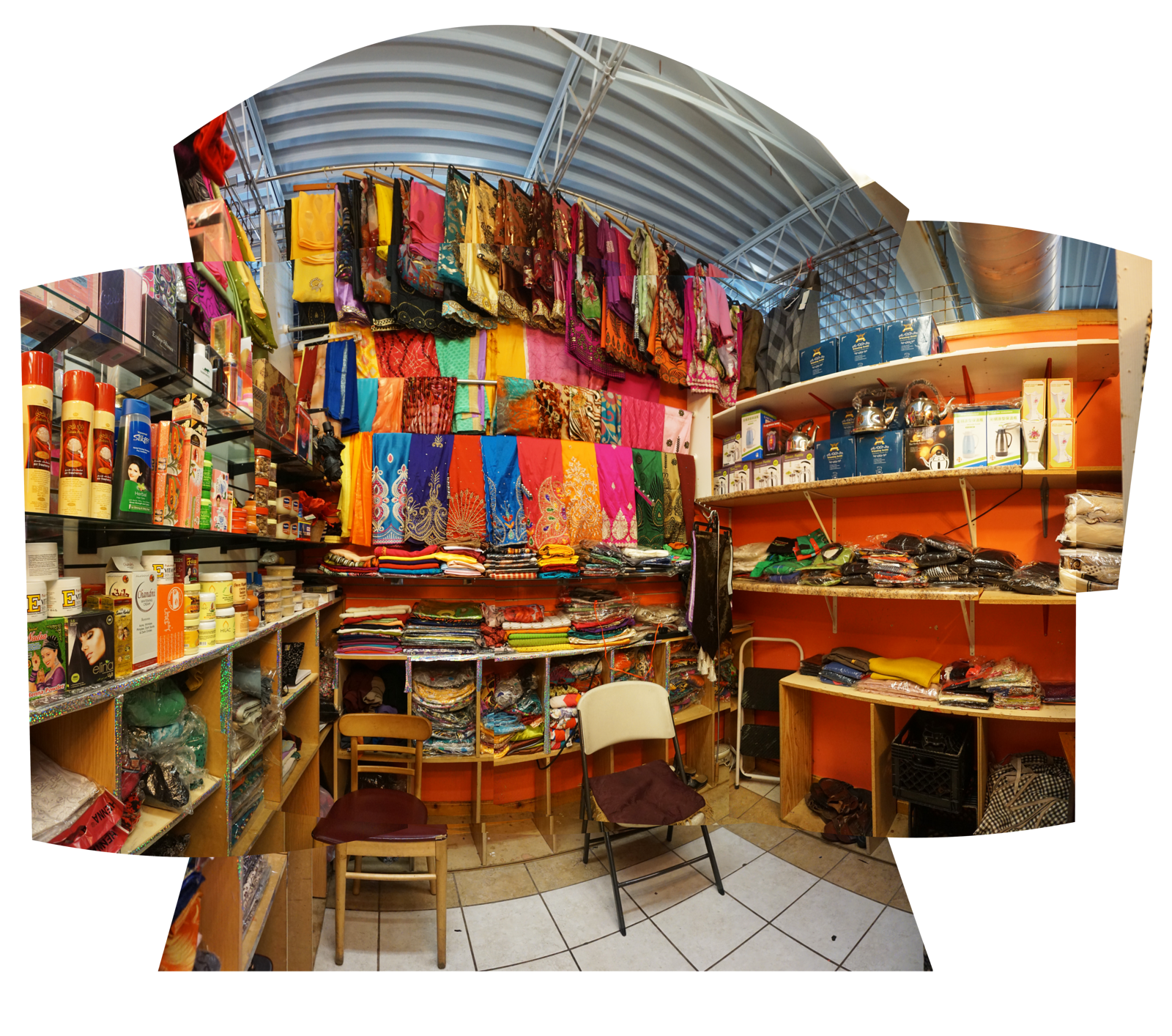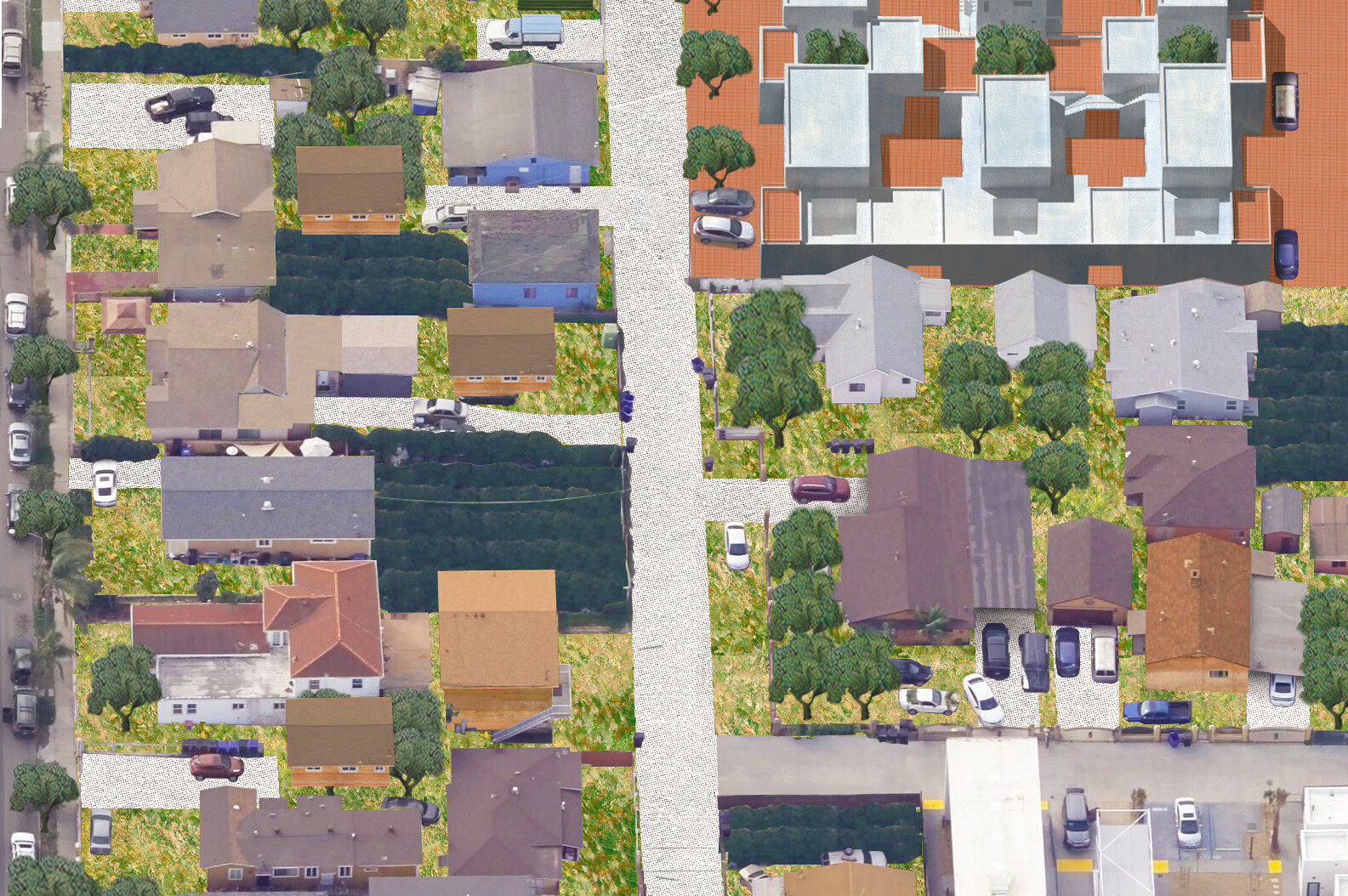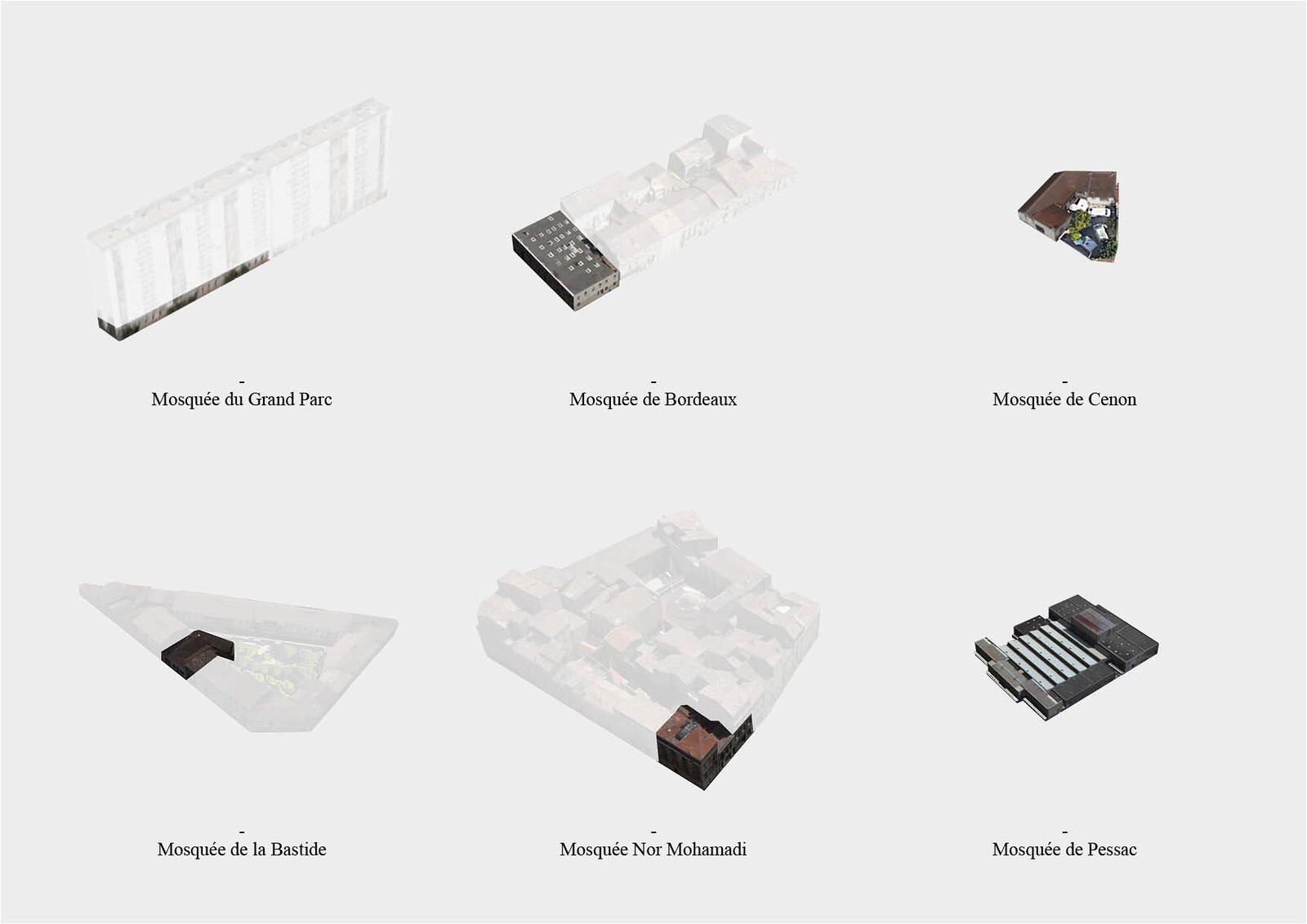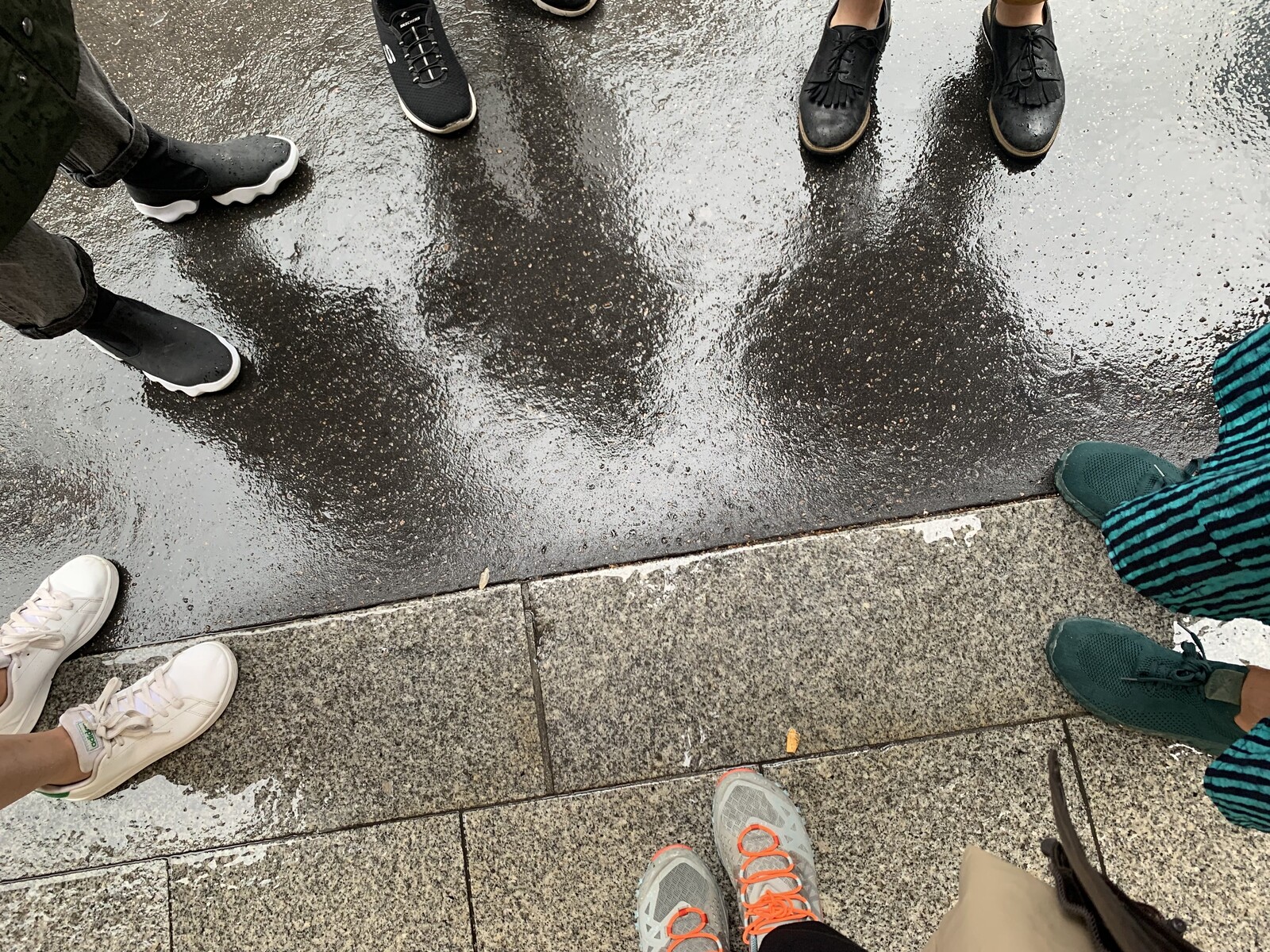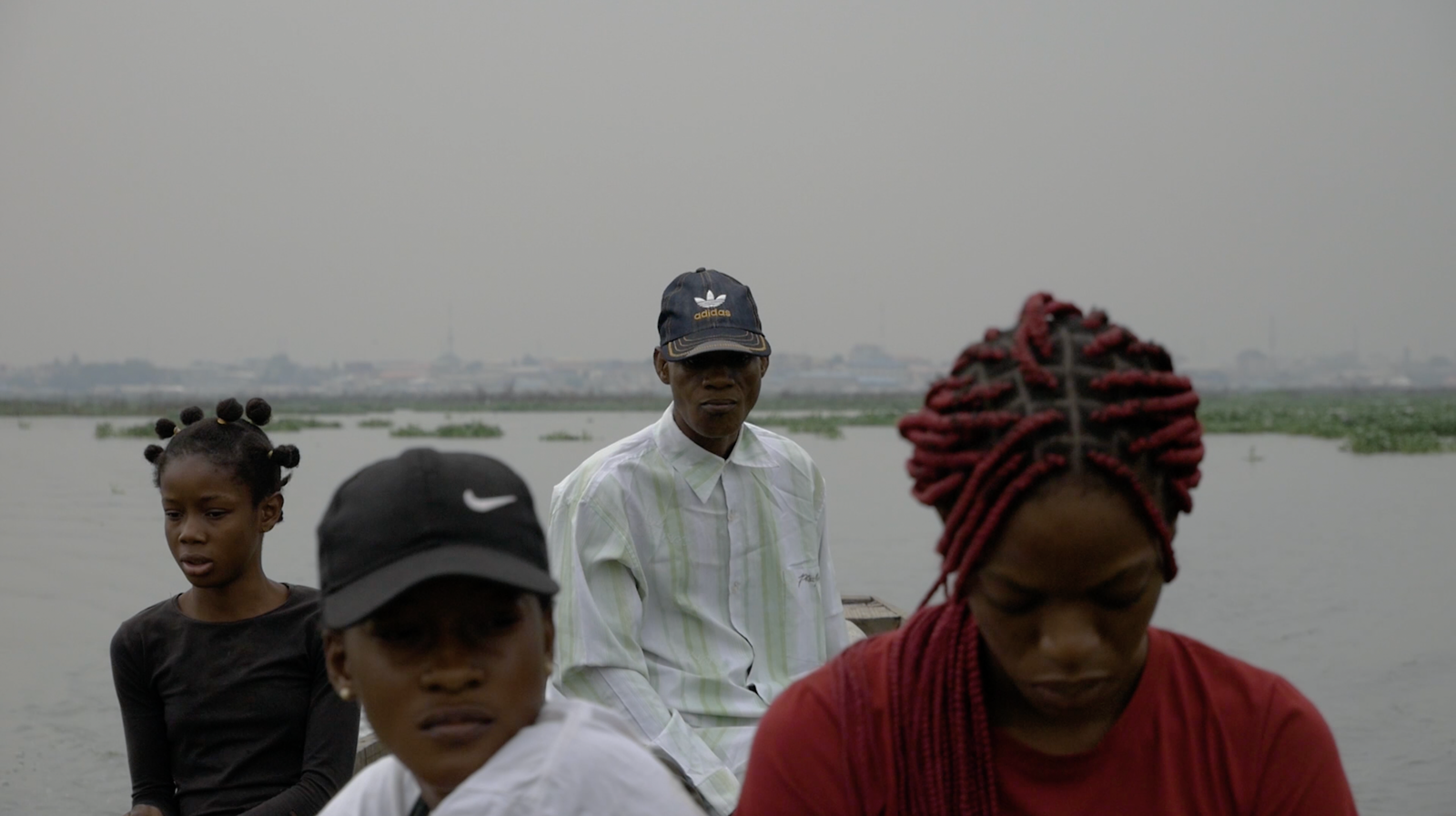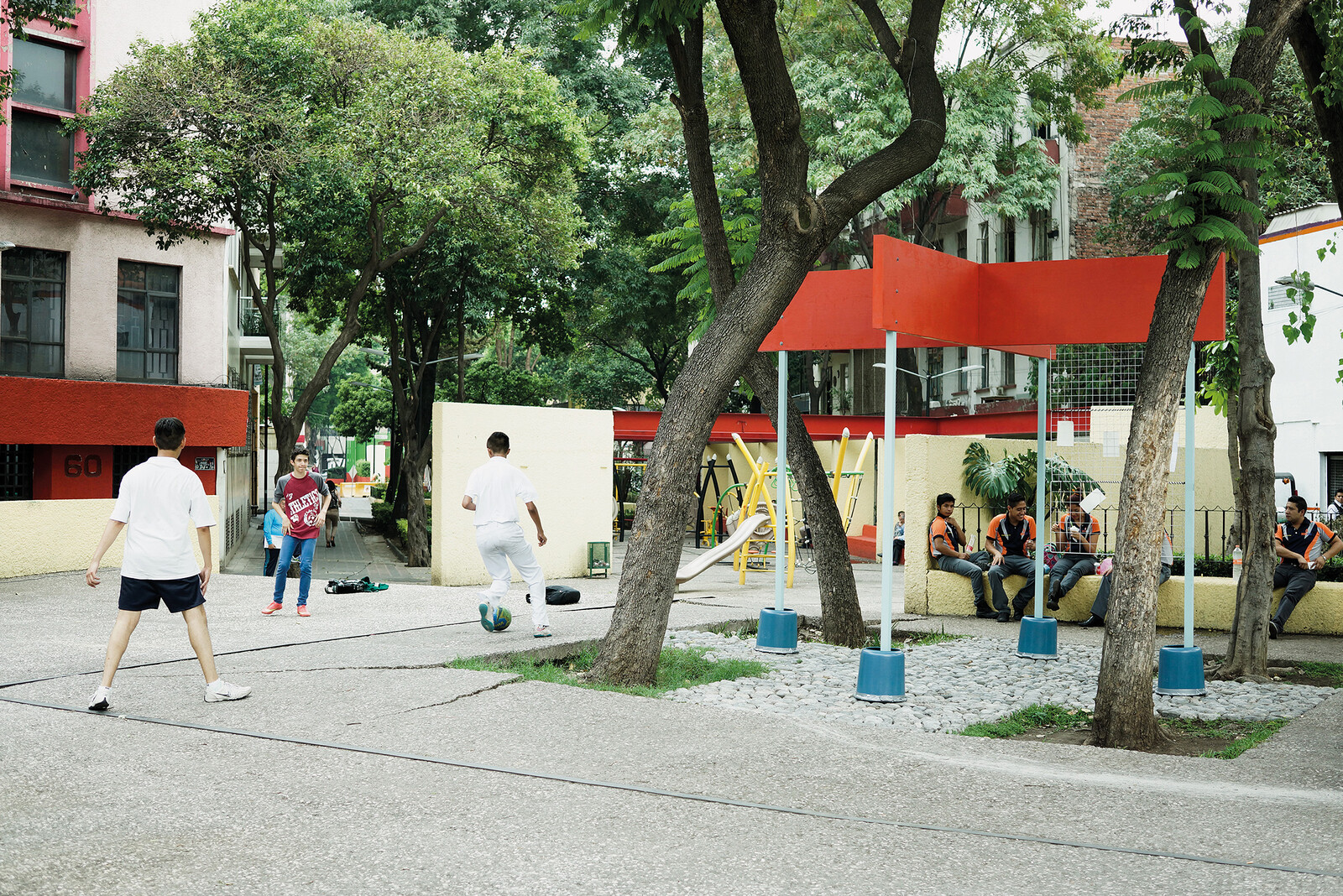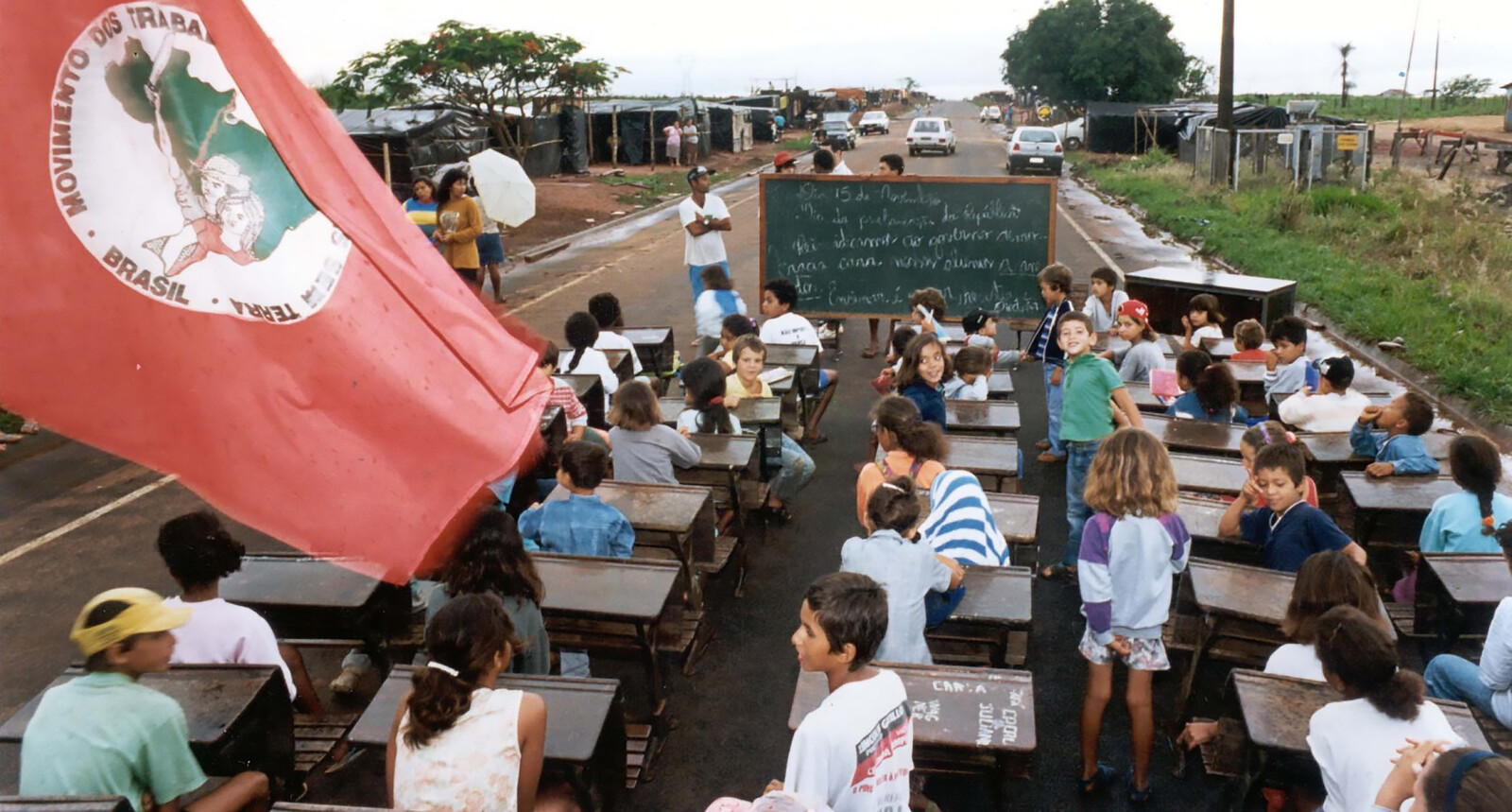In Common is a collaboration between e-flux Architecture, the Chicago Architecture Biennial, UIC College of Architecture, Design, and the Arts, and arc en rêve, within the context of its exhibition “common, community driven architecture,” featuring contributions by Anna Nnenna Abengowe, Dele Adeyemo, Ethel Baraona Pohl, Meriem Chabani, Jesko Fezer, Elisa Iturbe and Stanley Cho, Ivonne Santoyo-Orozco, Huda Tayob, and Mawena Yehouessi.
Since the economic crisis of 2008, cities around the world have reoriented themselves in relation to their citizens. They could have focused on those who were most directly affected by predatory loans and other exploitative financial schemes, democratizing access and lowering barriers to entry, all the while securing and upholding the people’s right to the city. By and large, this is not what cities did. But they did rethink, at a structural level, who they are for. Fueled by low interest rates, that question of “who” quickly became “what,” and the “what” was money. More real estate was the answer to the unreal estates that got us into this mess in the first place. As real estate has spread, taking over more land and building ever more buildings, it has tried to create a monopoly on modes of development, on the idea that our cities could become more, better than they currently are. Indeed, as real estate’s logics of property and investment have encroached further into our cities’ economic foundations, they have secured their position as a necessity, as the only way forward. The result of all this has been increasing precarity, evictions, and the disenfranchisement of ever more people from their own futures, all while they are being speculated upon, profited off of, and sold at market rate.
For as long as cities have been sites for exploitation and the capitalist generation of wealth, they have also been sites of emancipatory struggle. This is because, most simply, what is experienced in cities is also experienced by others. By bringing people together in shared environments, cities provide fertile ground for reflecting on the conditions of collective existence and imagining more equitable and just forms of life. They also afford the networks of support, solidarity, and care that are necessary to envision, work towards, and even realize those alternative ways of living. All of this takes place based on the recognition that the futures of cities are made in common—by their citizens, for their citizens. While new possibilities, ranging from the formation of mutual aid and educational structures to the development of new land use and housing models, often emerge alongside other, more hegemonic and capital-intensive modes of urban development, they crucially sustain the modes of relationality that communities depend on. They also grant legitimacy, serve as points of dialogue with related struggles taking place elsewhere, and give rise to one of the most powerful political affects for mobilizing towards potentially radical ends: common sense.
Cities are battlegrounds. As real estate incessantly projects its delusions of grandeur on top of the lived realities of urban environments, people continue to inhabit, to grow, to build. While alternative modes of development have always been present, architects too often side with capital following the naïve belief that their designs will inherently bring good to all, or at least not just to those they serve. Many initiatives that short-circuit conventional mechanisms of city making do not immediately take the form of building, but architecture often serves as both their starting points and end goals. Movements to develop a more just, more equitable, city can benefit greatly from architecture’s tools and knowledge, but figuring out what it means or looks like to practice as an architect within these spaces might not yet fully be known. The way to start, however, is to look around, to listen, and to see what it is that we have in common.
In Common is a collaboration between e-flux Architecture, the Chicago Architecture Biennial, UIC College of Architecture, Design, and the Arts, and arc en rêve within the context of its exhibition “common, community driven architecture.”
